Sorrel River Ranch has much to offer private pilots looking for a great vacation destination.
Having visited much of the U.S. via small aircraft, I can say without hesitation that the Colorado Plateau is my favorite area to visit. And that’s both in terms of aerial flight seeing and to explore on the ground. The Colorado Plateau is a vast, roughly circular area of sandstone buttes and canyons, carved by the Colorado River and its myriad tributaries. It encompasses southern and eastern Utah, southwest Colorado, northwest New Mexico, and northeast Arizona. You’d have to go to Mars to see formations like Shiprock, Monument Valley, Bryce Canyon, or the Grand Canyon outside the Colorado Plateau.
This area was the last part of the U.S. to be mapped. Fortunately, many of its most important formations are protected inside National Parks, Monuments, Recreation Areas, Wilderness Areas, and State Parks. Perhaps ground zero is the Canyonlands/Arches National Park area. Two great rivers, the Green and the Colorado, converge here in a place called ‘Islands in the Sky’. From the air, it’s easy to see how it got its name: great, flat plateaus separated by deep canyons carved by torrential floods at the ends of Ice Ages. The Maze (an area of candy-cane striped sandstone formations), the Needles, and Arches National Park all offer endless fascination when viewed from a small airplane.
On the ground, the opportunities for exploration are multiplied. Place your hand inside dinosaur tracks, touch giant dinosaur bones that stick out of rocks, stand under arches or rappel off them, and watch red-rock towers (each a timeline of 500 million years or more) glow at sunset.
After millennia of peaceful and solitary erosion, the rocks now have company. Tourists have discovered Canyonlands and Arches National Parks. They arrive in droves each summer from around the world to stand and gaze in amazement. There may be 500 or more wilting in the heat around Delicate Arch on a given summer day. That’s a time when you couldn’t pay me to visit. I am always amazed more people don’t come to the Colorado Plateau in late fall, winter, and early spring. These are the best seasons to explore in peace and without the heat. Storms are infrequent and you can plan around them. Snow, if there is any, simply accents the rocks like powdered sugar on ginger cake. Temperatures in the 40s are easily accommodated with a fleece jacket.
Canyonlands Airport (CNY) offers easy access to Moab. This is a Mecca for mountain bikes, Jeeps, and other off-roaders who navigate nearby slickrock areas, but most of its hotels don’t merit mention. Quite by accident, I recently discovered an absolute oasis.
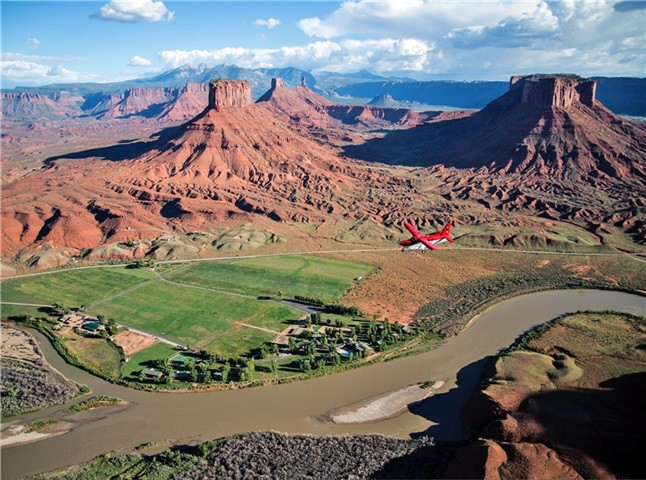
Sorrel River Ranch is just a short ride east of Moab, along the Colorado River. The setting is incomparable: right on the riverbank. Look behind you to see two huge redrock buttes, and no other buildings outside the ranch for miles. If you have a helicopter, you can land right on the property. And if you land at CNY, they’ll happily pick you up.
Sorrel River Ranch is well-equipped to provide all your meals during your stay. Dine in a restaurant with exclusive Colorado River views, grab a boxed meal and eat-on-the-go, or relax in your own cottage with full room service. Farm-to-table is the rule here. Sorrel River Ranch uses local and organic purveyors, naturally-raised meats, and sustainably harvested seafood whenever possible. In-season, about 75% of the produce comes from their own farm near the ranch entrance.
I visited Sorrel River Ranch over Halloween weekend 2014. I’ve made dozens of trips to southern Utah over the last two decades and can say with confidence that the River Grill at Sorrel River Ranch is the area’s finest dining experience. Not only in terms of the cuisine and service, but also the views of the Colorado River, framed by huge cottonwood trees and backed by ancient walls of red sandstone. But don’t take my word for it: Sorrel has received AAA Four-Diamond Awards every year from 2003 through 2014.
You can use the pet-friendly ranch as an exquisite base for your own travels into the parks. Or take advantage of Sorrel’s many offerings: guided hikes and tours, horseback riding, ATVs, a full spa, even skydiving. Yet the scene at Sorrel is so idyllic, many guests simply relax in their wood Adirondack chairs, gazing as if mesmerized at the ever-flowing Colorado. Check out the Sorrel River Ranch website, or call them at: 855-408-6402.
Flying to Sorrel River Ranch
Canyonlands Field Airport (CNY) sits in a wide open area of high desert 13 nm northwest of the adventure tourism town of Moab. Flying down from Boise, Idaho, I skirt the MOAs and maneuver south past Salt Lake City, remaining east of the Class B airspace. It doesn’t have the typical round wedding-cake shape, so you have room between the airspace and the Wasatch Mountains. Still, I consider VFR flight following a must, if not an IFR flight plan.
Once you pass Spanish Fork (U77), the terrain begins to take on the famed red hues of southern Utah. Cross the Carbon VOR (115.5 MHz) and head toward CNY. Between CNY and the Green River, R-6413 is active rarely and by NOTAM only. Contact Denver Center on 134.5 MHz or check NOTAMS before departure. If you’re coming in from the southeast, you can fly around the La Sal Mountains 29 nm southeast of CNY, which rise to as high as 12,721 feet MSL.
Canyonlands National Park lies just south of the Restricted Area, while Arches National Park is just east of CNY. Both offer some of America’s most exciting Flightseeing. The FAA requests that pilots maintain at least 2,000 feet AGL over the parks. Runway 3/21 is 7,100 x 75 feet. The airport manager told me that CNY will be widened in the future to accommodate jet airliners. Currently, airline turboprops operate at CNY a couple of times a day. RNAV Rwy 3 and VOR-A IAPs are available.
Redtail Aviation is a full-service FBO that offers scenic flights (described below). Both Jet-A and 100LL are available as full and self-serve. There’s no landing fee for aircraft under 10,000 pounds. Single tiedowns are $5 nightly, twins $15 nightly, and the first night is waived with any fuel purchase. A courtesy car is available. They are open daily from 7 AM – 5 or 6 PM between March 1 and October 31. They are closed weekends between November 1 and February 28. Visit the Redtail Aviation website for more information, or call them at 435-259-7421 or 800-842-9251.
Rental cars and Jeeps are available from two companies that have offices at the FBO. Neither company will leave cars or keys at the airport. You’ll need to reserve ahead with ETA so staff will be there. Enterprise also has cars for $50 and up, and a Suburban or Jeep Wrangler for $150 per day. They’re open daily 9 AM – 3 PM. Visit the Enterprise website or call 435-259-8505 or 800-RENTACAR for more information.
Canyonlands Jeep & Car Rental offers cars and vans $69–$100. All Jeeps come with automatic transmission, satellite radio, detailed maps of area trails, books of local interest, storage locker, and cooler stocked with ice and bottled water. 2-door Jeep Wranglers are $175, 4-door Jeeps are $195. There is free Jeep delivery for 3+ day rentals. They’re open daily 9 AM – 5 PM from November 1 – February 28, and 7:30 AM – 8 PM from March 1 – October 31. Call 435-259-4413 or 866-892-5337 for more information.
Moab Tour Company has 2015 Jeep Wranglers with all the amenities described above, for $229/day, with free airport pickup. They also rent a wide assortment of ORVs. Call 435-259-4080 or 877-725-7317 for more information.
I’m generally a do-it-yourselfer when it comes to hiking and exploring. But for this trip, I wanted to see specific things and try new activities. Guides would be necessary for some activities and more efficient for others, so I wouldn’t need to rent my own car. Franklin Seal of Sorrel River Ranch picked me up at CNY for the 20-min drive to Sorrel River Ranch. Several years had passed since my last visit to southern Utah. As we raced down the highway, I felt that particular happiness I only get when contemplating this area’s unique geology.
A Little Geology on the Colorado Plateau
The Colorado Plateau is the land of redrock. Why are the rocks red? For nearly half its history, the Earth’s atmosphere contained no oxygen. Then, about 2.7 billion years ago, a group of single-celled organisms invented a new way of doing photosynthesis. They produced oxygen as a waste product as they used the Sun’s energy to capture CO2 from the environment and turn it into the carbon-based molecules that make up all known life. Blue-green algae combined this with nitrogen fixation to spread over the oceans. For hundreds of millions of years, chemicals in the oceans absorbed the oxygen. But around 2.2 billion years ago they were used up and the oxygen bubbled into the air. This oxygen began to react with iron in coastal sediments to create rust. At this time, the Earth was warm and seas were high. Eventually the oxygen in the atmosphere destroyed atmospheric methane to induce the first global glaciations, which probably lasted hundreds of millions of years. Sea levels fell as water was locked up in ice.
As the Earth’s climate has fluctuated over the last half-billion years, the Colorado Plateau, a low-lying area for most of its history, has alternately been covered by shallow seas and vast sand dunes that piled as high as 1,000 feet. As millennia passed, these layers of sediment and sand were compressed into shale and sandstone. Each layer had different characteristics that reflected the climate and biology of its unique time period. When the Colorado Plateau was uplifted beginning about 20 million years ago, its many layers were finally exposed to erosion. Streams cut channels, and the Colorado River began cutting the Grand Canyon less than 6 million years ago. The Pleistocene Epoch brought cooler, wetter climates that alternated with ice ages. Periodic massive floods eroded cliffs and plateaus, some so severely that they became mesas or even buttes. In modern times, even though the Colorado River carried 10,000 dump trucks worth of sediment into the Gulf of California daily (before it was blocked by dams), erosion is a fraction of what it was. This is because the climate is so much drier.
A Little History of the Area
Franklin drove us south from the airport. But before he turned east toward the ranch, I asked if we could make a small side trip into Moab. We passed several rock art sites loaded with petroglyphs. Some were pecked into the rocks over 1,000 years ago by the area’s first human inhabitants. These Paiute Indians were followed by the Latter Day Saints, who arrived in the mid-1800s to grow crops and run cattle. Moab, a biblical name that refers to an area of land on the east side of the Jordan River, was incorporated in 1902. During the first half of the 20th century, its agricultural economy gradually shifted to mining uranium, vanadium, potash, and manganese.
North of town and just after we crossed the Colorado River, Franklin pointed west toward a large dirt pile that appeared to be the beginnings of a construction site. It was uranium tailings, covered by dirt. As we continued toward town, he pointed to a large house atop a cliff to our left, explaining, “That’s Charlie Steen’s old house.” In 1952, Steen discovered a rich uranium deposit south of the city. Soon Moab was known as the “Uranium Capital of the World.” Steen’s Mi Vida mine made him a rich man; he had his original mining boots bronzed. He threw parties in a local hangar and flew to Salt Lake City for rumba lessons in his private plane. The champagne-drinking Texan built the aforementioned mansion on a bluff north of town, but also donated large sums to build homes and churches in Moab.
Other miners rushed to the area, often operating recklessly and without proper safety protocols. At least 600 miners suffered disease and early death from the radioactivity. Moab suffered through housing shortages and associated problems but also reaped widespread prosperity. But by the late 1950s, the U.S. had enough uranium for its needs and prices crashed. Steen eventually filed bankruptcy; his home is now a restaurant called the Sunset Grill. After their deaths, the ashes of Steen and his wife Minnie Lee were scattered around the remains of their mine. Meanwhile, a pile of uranium tailings over 90 feet tall had been left beside the Colorado River. After tests showed it was possibly beginning to contaminate the river (which provides drinking water to over 30 million people) the Department of Energy began to move the 16 million tons of radioactive tailings. They were moved via rail to a secure site 30 miles distant and away from water, where they are being buried. 45% of the tailings have been removed and completion is scheduled for 2025, possibly sooner.
Moab
Since the 1970s, Moab has grown into a world-class adventure destination for mountain bikers, rafters, and rock climbers. The main drag is filled with eateries, shops, and outfitters that cater to the adventure tourist. Three stops, however, are musts, and they’re all on the same block.
Back of Beyond Books is considered one of the West’s finest bookstores and I rate it a solid #1. Owner Andy Nettell has amassed a collection that encompasses a vast range of books on local geography and history as well as the Wild West. When I asked if he had Ranch Life & the Hunting Trail, my personal favorite by Theodore Roosevelt, he came back with half a dozen antique Roosevelt books published well over 100 years ago. Back of Beyond is nothing short of heaven for the bibliophile. They’re open daily 9 AM – 6 PM. Visit them at 83 N Main St, call them at 435-259-5154 or 800-700-2859.
Almost next door, stop in at Tom Till Gallery. Among the superstar Colorado Plateau photographers like Jack Dykinga, David Muench, and Fred Hirschmann, Till’s photos can literally take your breath away. Wall-sized beauties depict many of the Colorado Plateau’s most iconic places. Ask about them; if you have time you can visit some of them yourself on this or other trips to the Colorado Plateau. They’re open 10 AM – 6 PM and until 9 PM on Friday & Saturday. Visit them at 61 N Main St, call them at 435-259-9808 or 888-479-9808.
Just past Tom Till’s you will find Tumbleweed. This unique gift store is filled with quality wares, and especially the art of Serena Supplee (whose work plasters my entire office!) The plein-air painter was Canyonlands National Park’s Artist in Residence for 2014. Her whimsical interpretations depict the area’s canyons, rivers, and fantastic formation at their colorful best. If you love Utah’s redrock, you’ll want an artful reminder of your trip to hang on your wall. They’re closed Jan–Feb 14, and open Tueseday – Saturday, 10 AM – 6 PM until mid-March, and daily 10 AM – 10 PM in season. Visit them at 31 N Main St., or call them at 435-259-0099. If Serena is in town you might be able to arrange a studio visit. Call 435-259-7630 or visit her website for more information.
Sorrel River Ranch
After our short jaunt into Moab, we headed back north out of town and turned east along Highway 128. The road follows the Colorado River, which is backed by redrock cliffs. There are no homes and only one other ranch along this part of the river. “How did Sorrel acquire its land?” I asked. Franklin explained that in 1903, Fred and Ida Stearns homesteaded 160 acres on the south side of the Colorado River, 17 river miles upstream from Moab. They built a two-room farmhouse, and Fred and his plow horse turned enough soil to support the family and livestock. In 1947, the farm was sold to Bill and Lillian Boulden and became the Boulden Cattle Ranch.
In 1994, Robbie Levin, former guitarist for Rick Springfield, drove in and was awestruck at the unique location with its spectacular views. He purchased the ranch and began to develop it for guests. It opened as Sorrel River Ranch in 1999. The name comes from the rust-red color of sorrel quarter horses, the same color as the surrounding cliffs. Elizabeth Rad bought the ranch in 2008 and is the current owner. Among other awards, Sorrel was named to the Top Ten Luxury Wilderness Lodges in the USA by Luxury Travel Magazine, received a Forbes Travel Guide Four Star Award, a Fodor’s Choice Gold Award in the “Sense of Place” category, and the “Fifty Best Luxury Adventures in the World” by Adventures Temple Guidebook.
At Mile 17, we turned left into the ranch gate. On the right across the highway stand two enormous redrock buttes topped by cliffs of Wingate sandstone, remnants of wind-borne sand dunes deposited during the late Triassic, about 200 million years ago. The first is called Perriott Mesa. The second is the Convent, so-called because of several rock formations at its end that resemble a priest and several nuns.
The ranch itself is a series of low wood buildings that run parallel to and just steps away from the Colorado River. Huge cottonwoods dot the property. On this Halloween day, their leaves stood out in bright yellow against the deep blue sky. After checking in, Franklin showed me to my room, where I could drop my gear before taking a look around the ranch. This River-View Deluxe Suite was one of a series of connected rooms in a long wooden building they refer to as a cabin. You can’t lose here: your room either looks out at the river, backed by redrock cliffs, or out across the large grounds where the ranch horses roam, backed by the two tall buttes mentioned earlier. All of Sorrel River Ranch’s guest rooms, suites, and cabins are large, with modern amenities, and imbued with rustic elegance. Wood floors and ceilings are set off by whitewashed walls decorated with cattle horns, iron sconces, and Western art. One king or two queen beds feature cabin-style log head and footboards. Watch the sunrise light up the red cliffs from your private porch.
Lodging at the Sorrel River Ranch
The prices listed with the room descriptions here exclude 10.2% occupancy tax and 10% resort fee. Another good reason to visit in winter: lower rates. Rates are listed as winter/summer, and winter rates are offered Nov 1–Mar 14. Mountain-View rooms reveal the two huge buttes through panoramic windows. A mini-fridge, microwave, and dining area offer convenience. Rates are $359/$429 king or $529 for two queens.
River-View Deluxe Suites face the river and add a large living area, fireplace, claw-foot hydrotherapy tub, and large glass shower. The bath has double sinks and a stone floor. Rates are $469/$579 king or $679 for two queens.
River-View Spa Suites add a giant balcony, for $529/$629. River-View Family Suites have bi-level layouts and separate sleeping areas, a large open living room, private deck, and kitchenette. Rates are $649–$679/$749/$899.
The 2,000 sq. ft. Ranch House sits atop a hill and across the road from the rest of Sorrel River Ranch. It offers the ultimate in luxury and privacy—wow! The top floor has three bedrooms, full kitchen with Sub-Zero refrigerator, laundry, three baths, and a sauna with mountain views, all for $1,750–$1,850. There is a studio apartment downstairs you can add for even more space, at a cost of $2,350–$2,550 for everything. You can check out multiple photos of the Ranch House and all rooms on their website.
As we entered the nearby Sorrel River Ranch Resort Spa, a wave of tranquility washed over us. A subtle aroma of incense filled the air. Stone floors and wood walls are accented by sage linens. Behind the massage tables, panoramic windows reveal the endless flow of the Colorado River, which is peaceful in this stretch of its route. Revitalizing spa treatments include specialized massages, facials, manicures and pedicures, and herbal wraps, for $60–$200. The Spa is open from 10 AM – 7 PM from April 1 – October 31, and occasionally in winter. Reserve treatments by calling 855-408-6402 or through their website.
Recreation around the Sorrel River Ranch
Many other activities on the ranch are complementary. Grab a mountain bike and helmet from the rack near the pool for beautiful cliff and river views as you ride. The state-of-the-art fitness equipment is available any time, and the pool is open 9 AM – 10 PM in season. Take a morning tour of the gardens and learn about Sorrel’s farm-to-table practices. A petting zoo with friendly and adorable mini horses and pigs is open from April 15 – October 1. Tennis courts, horseshoes, volleyball, and basketball are also available, along with board games in the lounge. On summer Saturdays, a resident artist will be painting on the river deck from 5 – 8 PM. Live musicians take over Tuesday, Thursday, and Saturday from 8 – 11 PM. The nightly bonfire is a relaxing way to end the evening.
A complementary 2.6-mile guided hike to Sorrel Ridge, with 360-degree views of the river and surrounding mountains, is available at regularly scheduled times. Or, you can go on your own. Another self-guided hike takes you up to Rubik’s Cube, a massive outcrop of boulders, some of which are decorated by ancient petroglyphs. It’s a 4 mile round trip.
After my brief walk around the ranch, it was time to squeeze in a visit to the nearby Fisher Towers. Sorrel River guide Leonard Thomas had a van waiting. On our way out to the road, we passed several large fields, one of which is decorated by a windsock. This is where you can land your helicopter if you would like to fly in. Some people even just drop by for lunch. Other fields are filled with the organic produce you’ll enjoy in the dining room.
Sorrel River Ranch also has a mixed herd of very happy and healthy-looking horses that run free in an enormous grassy paddock. Horseback riding is generally available April 1 – October 31 (and occasionally in winter). Most rides are 1 – 3 hours and take you into quiet canyons or up onto ridgetops with panoramic views of the two high mesas behind the ranch. The rides cost $108–$223. Private trail rides or beginner lessons are also available, at a rate of $130/hr.
If the horses are too tame for you, try some motorized off-roading. You can take a sunset or half-day Hummer Safari into the backcountry for $91–$169, or get on an ATV/RZR for more excitement. You can go for 2.5–4 hours, and it costs $119–$159 for the driver, and $69–$89 per passenger, with an extra $50 to upgrade to a RZR. Or rent a Jeep for your own excursions. Visit the Sorrel River Ranch website for more information.
Only five miles away, the Fisher Towers are a must-visit. Make sure you are there in late afternoon. As the sun gets low, the towers seem to glow flaming orange against the cerulean sky. I’m usually a gung-ho hiker but the setting sun, rising moon, and blood-red rocks created such a spectacular scene Leonard and I simply milled around the trailheads, taking photos and enjoying the views. The regular guided hike is 3.5 hours and 4.4 miles and takes you in among the towers. A longer hike up the narrow and dramatic Mary Jane Canyon brings you to a beautiful waterfall. Many other guided or unguided hikes are available. Guided hikes are $89–$127, or $200/hr private. Call 855-408-6402 or visit this page on their website for more information on guided hikes.
Dining at the Sorrel River Ranch
After the spectacular sunset and moonrise, it was time for an elegant meal. In-season, dinner at the River Grill is served upstairs, and a pianist offers accompaniment. By the time I visited at the beginning of the off-season, River Grill service had moved downstairs. Background music, this evening by the likes of Sinatra and other crooners, is low enough for couples to easily converse about the adventures of the day. The sandstone bluffs across the river glow ever more red as the sun sinks. Since I live in Idaho and can’t find a decent tomato (and the deer eat the ones I try to grow), I eagerly ordered the Heirloom Salad. It arrived garden-fresh and bursting with flavor, in colors of red, green, yellow, and purple, accompanied by soft buratta cheese, a touch of sea salt, herb vinegar, and basil oil.
Wines from California, Oregon, and France were all tempting but I tried a red from nearby Castle Creek (and ordered it again the next evening.) The generously-sized Grilled Beef Tenderloin stood tall, trimmed, tender, and perfectly cooked on my plate, topped with a port wine demi-glace and accompanied by Yukon mashers and garden greens. Entrees are priced at $27–$38. The house-made vanilla ice cream is outstanding, but you’ll want to save room for one last sweet treat. After dinner, ask the front desk for a s’mores kit. They’ll hand you pre-wrapped grahams, chocolate bars, marshmallows, and long wire forks for two. You can sit out by the campfire and make your own s’mores. It’s a great way to meet other guests and share stories by the fire. My guide Leonard and I shared s’mores with a couple from New Jersey. Reservations for dinner are recommended, and can be made by calling 855-408-6402, or through their website.
The following morning I stepped out onto my porch in time to catch the rising sun just as it began to light the cliffs behind the river. It’s a treat to allow the minutes to slip by as you simply watch the fiery glow creep down the cliffs. My neighbor and her husband were doing the same, lounging in their robes and watching their Siberian husky as she sniffed the leaves. Sorrel River is a pet-friendly lodge and offers pet accessories, treats, water and food bowls, and plastic bags and scoopers. There is a $100 one-time cleaning fee for in-room pets.
Once you arrive for breakfast at the River Grill, you may be so entranced by the view that someone will have to pry you out of your seat to begin your day’s adventures. Expansive picture windows both upstairs and downstairs wrap around the room for panoramic views. Tall cottonwood trees frame the Colorado River as it flows in front of massive sandstone cliffs. A friendly couple I’d seen the night before enjoying s’mores around the campfire invited me to their table. They were visiting from Maine to tour the nearby national parks, had some experience with general aviation, and shared some great travel ideas.
The Sorrel River Benedict is made with poached cage-free brown eggs, smoked salmon, spicy hollandaise on a toasted English muffin. It’s served with breakfast potatoes and petite greens like spinach, or, on our visit, turnip greens, achard, and kale. Other choices range from the lowfat, protein-packed Egg White Frittata, cooked with shallots, whole grains topped with radish greens, shaved parmesan, cayenne oil, and breakfast potatoes. Or, indulge in Cinnamon & Vanilla French Toast, thick-cut brioche with Vermont maple syrup. I went for the unique house-made granola, a fine oat concoction that included wheat germ, flax and sunflower seeds, and Utah honey. Breakfast entrees are $10–$16, and served 7 – 11 AM in-season, and 8 – 10 AM off-season.
In-season, lunch is served al fresco at the upstairs River Deck. Here, even lowly sandwiches get star treatment: the Beehive Grilled Cheese uses local “Teahive” cheddar, sharp white cheddar, and provolone on sour dough. Rigatoni pasta comes in a rich meat sauce with elk, buffalo, beef, and pork, fresh parmesan and garden herbs. The Harvest Chicken Salad adds dried cherries, pistachios, and pumpkin. Lunch entrees are $11–$22. Tapas selections are available in the evening. Hours are 11 AM – 6 PM. Off-season, the River Deck is closed, but box lunches (and breakfasts) are available year-round.
Guided Adventures from the Sorrel River Ranch
After breakfast, Sorrel River’s hiking guide Tyler Palmer arrived with a Moab Tour Company Jeep for our excursion into Arches National Park. I’d already chosen the morning’s agenda, part of which required a high-clearance vehicle. I’ve seen many well-known and lesser-known features at Arches, but never its most famous: Delicate Arch. This is undoubtedly the best-known arch in the world. The 3-mile roundtrip hike is mostly easy walking up Navajo sandstone, with an 800-foot elevation gain and panoramic views of the park. Other portions follow a CCC-constructed trail carved into the side of a sandstone wall. Then you round a corner and—surprise—there it is, not visible until this moment. Delicate Arch looks huge in person and rises out of an elevated, rounded sandstone cliff. On this day, a large cold front was due to move in overnight. The wind had just picked up and was gusting to perhaps 50 mph. Afraid we might actually be blown off the edge if we approached the cliff, we maintained a safe perch a couple hundred feet away and marveled at how such a thing can actually exist. We had the place to ourselves, except for a lone hiker who braved the rim near the arch. What a treat to see this place without crowds!
Other marvels lay ahead. After expertly maneuvering our Jeep over a sometimes rough road to just outside the park, Tyler stopped us at the Willow Springs dinosaur trackway. Here, three-toed footprints were made by a man-sized therapods 165 million years ago as they walked across the tide-lands of an inland sea. I placed my hand right above the ichnofossils and then sat in silence and tried to imagine what the scene looked like back then. Next, we drove a few miles north to the Mill Canyon Dinosaur Trail, an area where multiple bones from a large sauropod, probably a Camarasaurus, are exposed, still partly embedded in rock. These long-necked, long-tailed dinosaurs dominated the landscape for over 100 million years and weighed 50 tons. Small signs explain exactly what you are looking at. We sat on some handy rocks to enjoy our custom-packed lunches: mine, perfectly roasted turkey and Swiss on fresh rye, with water, an apple, and granola bar. Tyler shared a wealth of knowledge about the area and its geology. Again, we had the place to ourselves, save for our ancient bony friends.
In a decade of hikes across Colorado Plateau sandstone formations, I’ve wandered onto enough high ledges that I’d developed a bit of a fear of heights. Learning how to rappel off a cliff and an arch seemed like a good way to face this fear. Tyler dropped me off at Desert Highlights in Moab. My guides, Herb Crimp and Melissa Wiggins, proved to be friendly, enthusiastic, and highly experienced. Melissa drove us up to the Sand Flats Recreation Area, popular with ORVs for slickrock climbing. Herb and I then walked about a half-mile across Navajo sandstone to the first drop-off into what’s called the “Medieval Chamber”. I stood as close as I dared to the edge but couldn’t see the bottom.
Two thick bolts were anchored into the rock above. We used a 60-meter rope. I donned the helmet and harness that we had fitted in the shop and listened intently to Herb’s clearly explained instructions. My breathing became noticeably shallow; trying to control panic! And then it was time to walk backward 90 feet down the slope into the abyss. It was scary—until it wasn’t, which took less than a minute. As soon as you really lean away from the wall and trust the equipment, it becomes wildly fun. I even managed to look down. After retrieving the rope we made the short walk through the narrow “Keyhole” and down the wash until we came to a wide alcove.
Herb pointed to a long slab of Navajo sandstone separated lengthwise—the top of what’s usually called Morning Glory Arch, the world’s seventh longest, with a span of 243 feet. Morning Glory is actually a natural bridge, created by water eroding a fissure in the rock that we could see extending up to the cliffs on either side. We simply walked around and then out onto the top of the arch, perhaps 12 feet across, but well over 100 feet above the ground. I didn’t think about that as I walked to the center, where Herb arranged the rope across the arch and let it dangle off each side. This was to be a double rappel, with each person acting as a counterbalance to the other.
Then we each clipped in to our end of the rope, scooted away from each other to the opposite edges, and transitioned over the edge in a sitting position. It was insanely exhilarating to simply push myself off the edge of the rock! And then we each hung free, twirling slowly around, with the arch above, and Melissa, who had driven to the trailhead downstream and walked up, standing below to hold the ropes. The rappeller has complete control over how quickly to let down, and you can just hang in mid-air and enjoy the beauty and the moment. After setting foot on the sandy bottom, it’s a 2-1/4 mile easy downhill hike to the trailhead and the car. Desert Highlights can take you on a wide variety of trips; this one is $120. For $185, an all-day adventure pairs the above rappels with afternoon rafting down the Colorado. It’s mostly calm water and therefore a great way to relax after an exciting morning. You can find Desert Highlights at 50 E Center St., or call them at 435-259-4433 or 800-747-1342.
Much of the enjoyment of exploring the Colorado Plateau comes from understanding the area’s geological history and how that fits in with what you are seeing. All my guides understood this, could name the layers visible wherever we were, and explain their context in Earth’s timeline (as well as the ecology of the area now). Being able to read and understand hundreds of millions of years in the rocks makes a human life seem miniscule by comparison. But I find it oddly comforting that the Earth will continue to evolve no matter what we do to it, and that these rocks will be here long after we’re gone. Sorrel River Ranch offers many other guided tours, in addition to the $120 Delicate Arch hike. Also in Arches, the $130 Devils Garden Hike takes you to the area with the highest concentration of large arches. For $123, the Fiery Furnace offers a labyrinth of narrow slots, hidden arches, and tapered fins. Private guides are $200/hr.
In Canyonlands, the private Needles District Tour takes you deep into a remote area with tall red-and-white banded formations for $250. You can visit the Grand Canyon-esque Islands in the Sky and Dead Horse Point State Park for $155, or create a custom tour. River adventures run the gamut from calm water kayak or SUP ($68–$95) to sunset jet boat tours ($80), canyon rafting ($190), and half or full-day private trips where you can choose rapids from mild to wild ($360–$500/boat & guide). Skydiving and ballooning are available too Call 855-408-6402, or visit this page on the Sorrel River Ranch website for more information.
Last Night at Sorrel River Ranch
From sunrise to sunset, the light on the red cliffs across from the River Grill is ever changing. After dark, a campfire just outside the windows lights the trees with its warm glow. Set to order Alaskan Halibut the second evening, I changed my mind when I discovered the special included Ancho chile-rubbed Elk Flank Steak over roasted corn risotto, thinly sliced, mildly spiced, and meltingly tender.
After dinner and more time around the campfire, I wandered down to the riverbank. The night was dark and still, with the Milky Way clearly visible across the sky. I’m sure if you watch for a while in the early evening, you could spot a satellite hurrying across the blackness on a north-south orbit. I’ve seen them on many evenings in the sparsely populated areas of southern Utah.
Flightseeing
Departure day dawned with pouring rain, and I was sure my scenic flight with Redtail Aviation would be canceled. But by 8 a.m. the clouds parted and the cottonwoods were glowing under the rising sun. Leonard dropped me off at the FBO and who but legendary Utah pilot “Arch Enemy #1” Tim Martin was waiting inside. Martin, who has been flying since 1977, led us to our waiting turbo Cessna 210. Shortly after liftoff a rainbow appeared ahead. Throughout the flight, multiple rainbows, mixed clouds, sun, and isolated small rain squalls lent even more variety to what has always been my favorite area in the U.S. to fly over.
This time, however, we had an expert to point out every noteworthy formation, canyon, river, and arch, several of which Martin is personally acquainted with better than any pilot ever has been or will be! Even though you can overfly Canyonlands or Arches National Parks yourself (the FAA requests you fly at least 2,000 feet AGL), I learned you can enjoy the view and take photos better as a passenger. Plus, flying here with the experts at Redtail ensures you won’t miss any of the real gems, of which there are many (I took well over 100 photos). Some of them are as exotic as their names: Upheaval Dome, Dead Horse Point, Islands in the Sky, the Green River Gooseneck, the Maze, the Chocolate Drops, the Needles, Wedding Band, Elephant, Angel, and Corona arches, the Confluence, Devils Garden, and more. The flight lasts 60–90 minutes, and costs $173–$235. Call 435-259-7421 or 800-842-9251 or visit the Redtail Aviaiton website for more information.
Final Thoughts on Sorrel River Ranch
If you’ve never visited Utah’s redrock wonders, you owe it to yourself to experience the only place in the world with scenery like this. Take a walk or hike with a guide who can explain the hundreds of millions of years of Earth’s history that stand up before your eyes. Sorrel River Ranch is a perfect retreat for couples or families. You’ll dine like royalty on just-picked ingredients creatively prepared, and sleep like a cattle baron with a luxurious room. If you’re feeling adventurous, you can rappel off an arch, ride the Colorado River, or do both. Get some of that red Colorado Plateau sand in your shoes. Once a love for Utah’s redrock gets under your skin, you may just want to leave that sand in your hiking boots until you can come back for more.






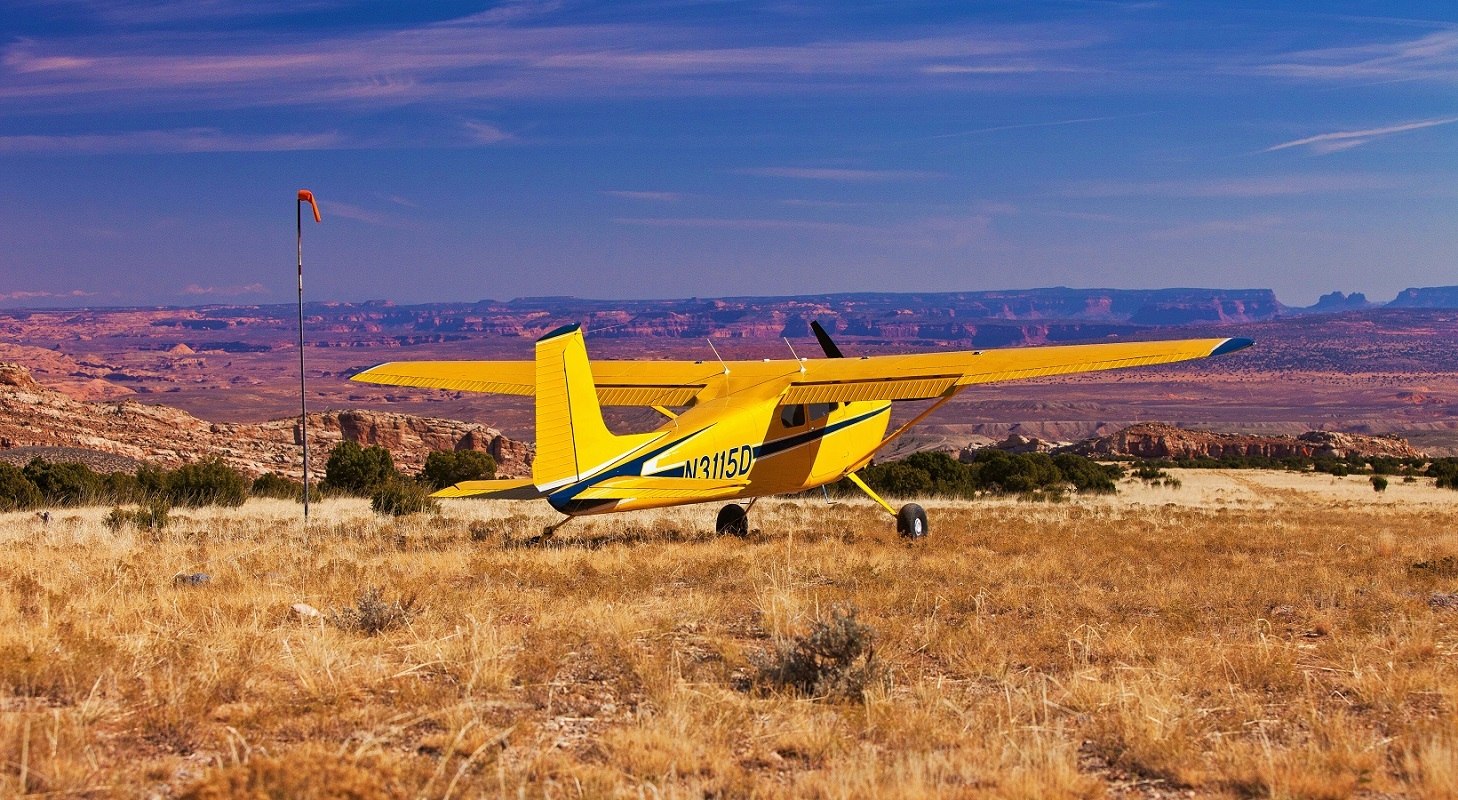
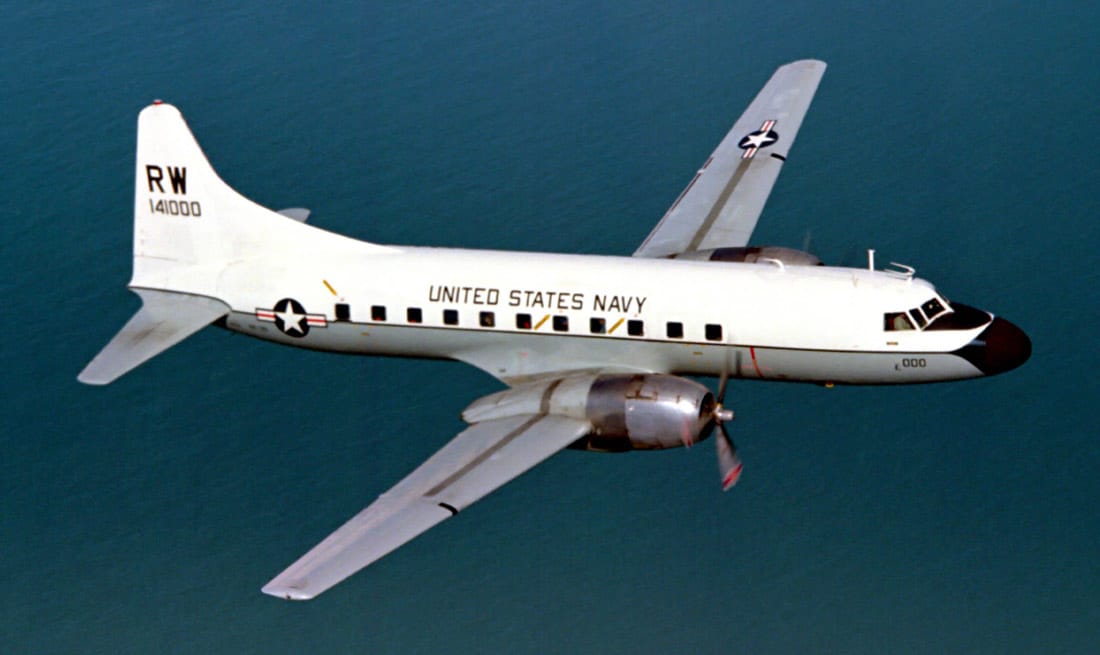
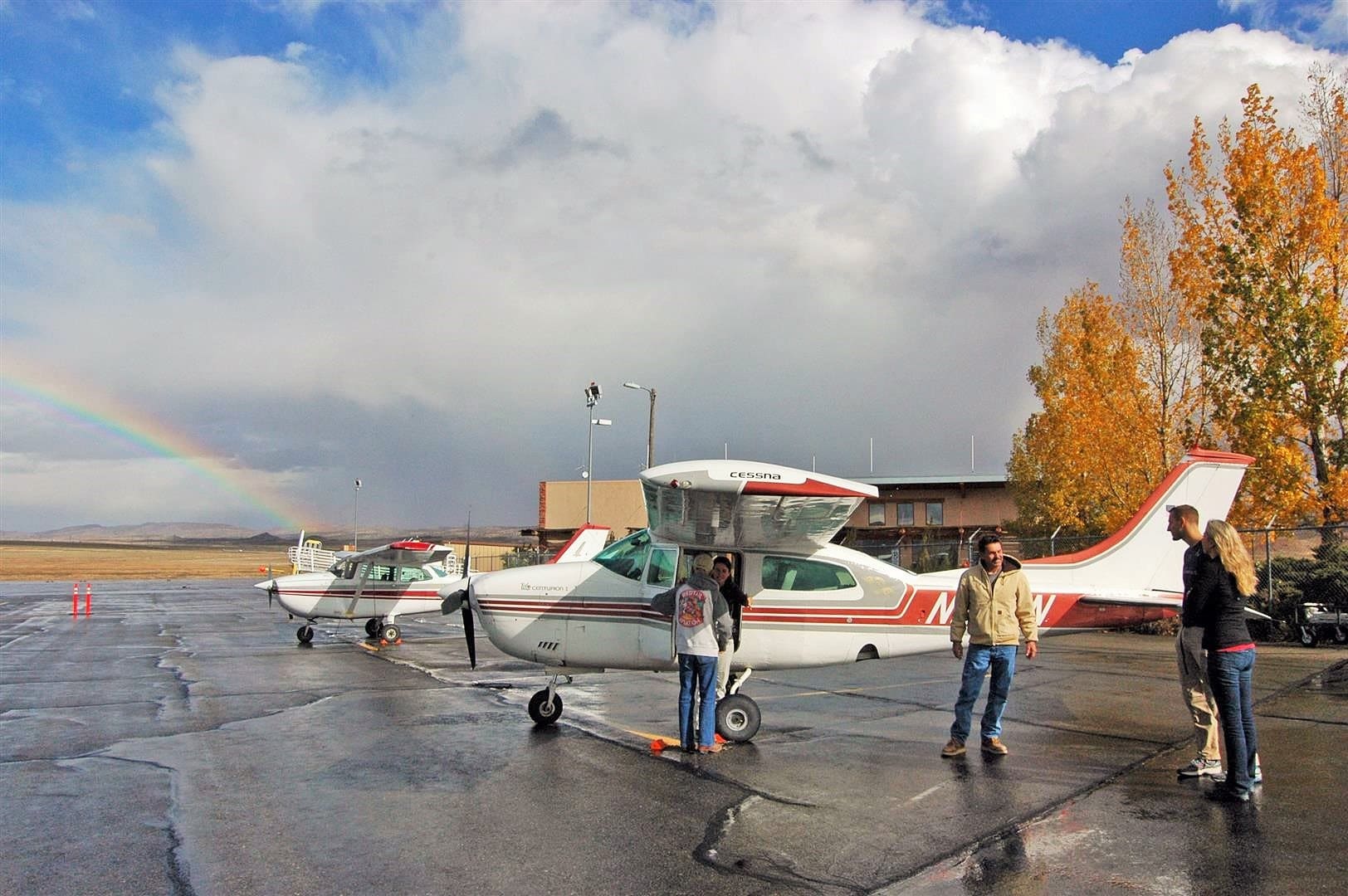
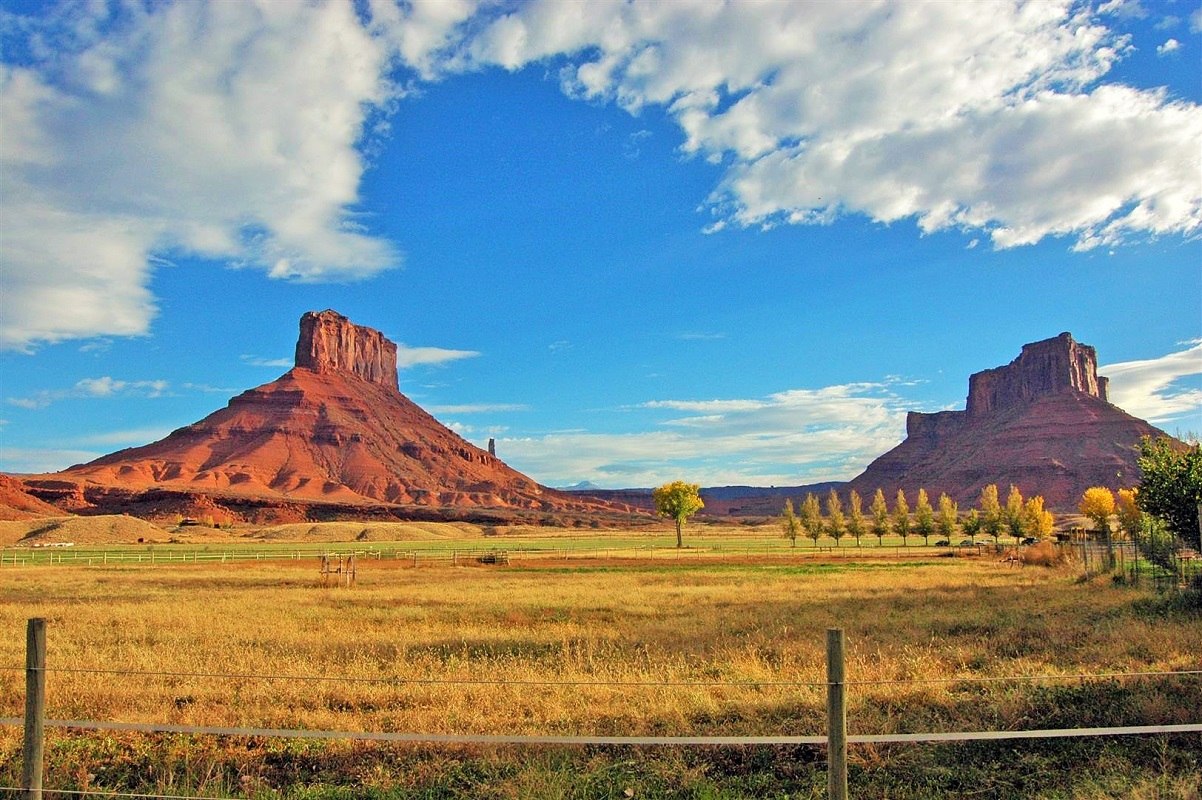

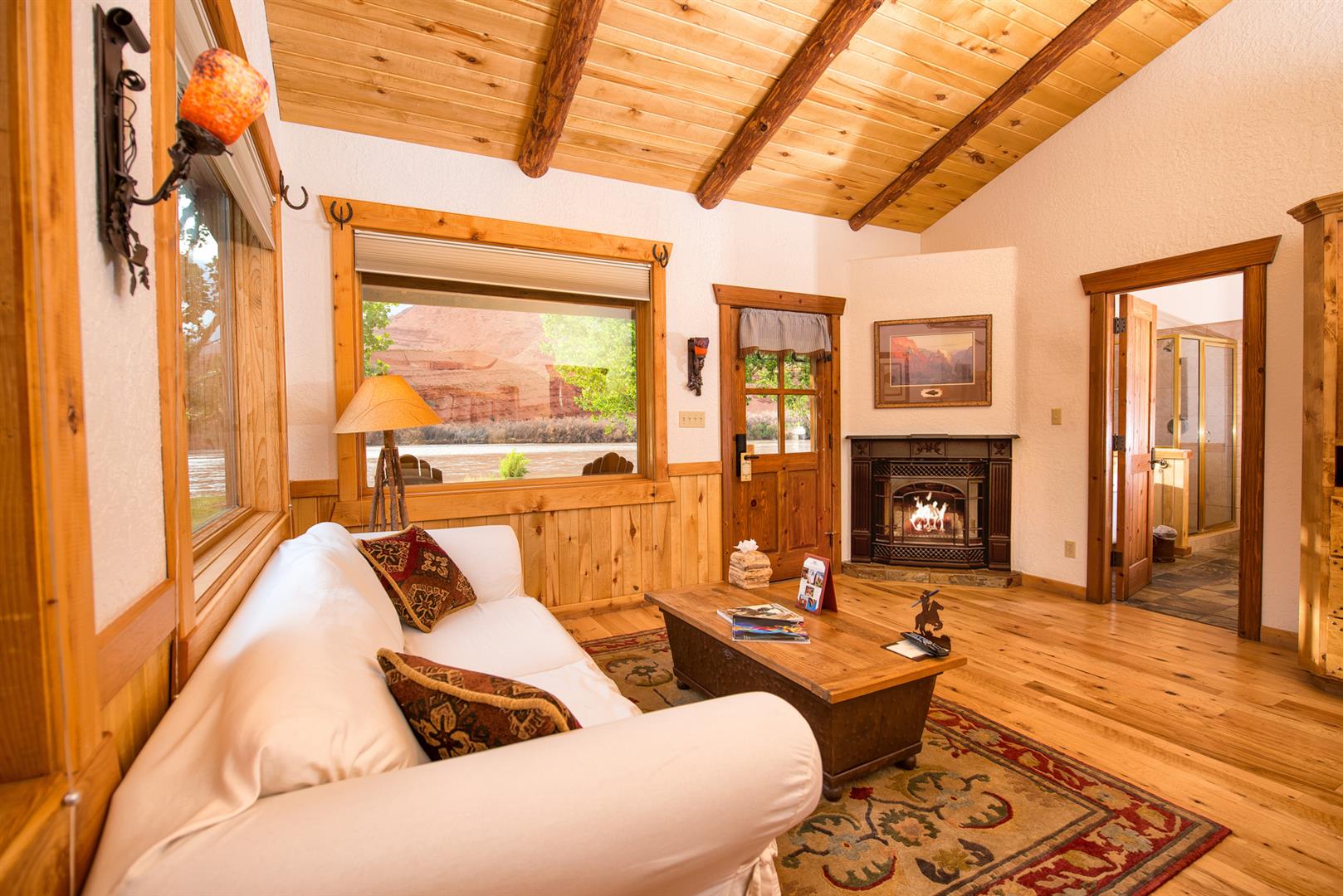
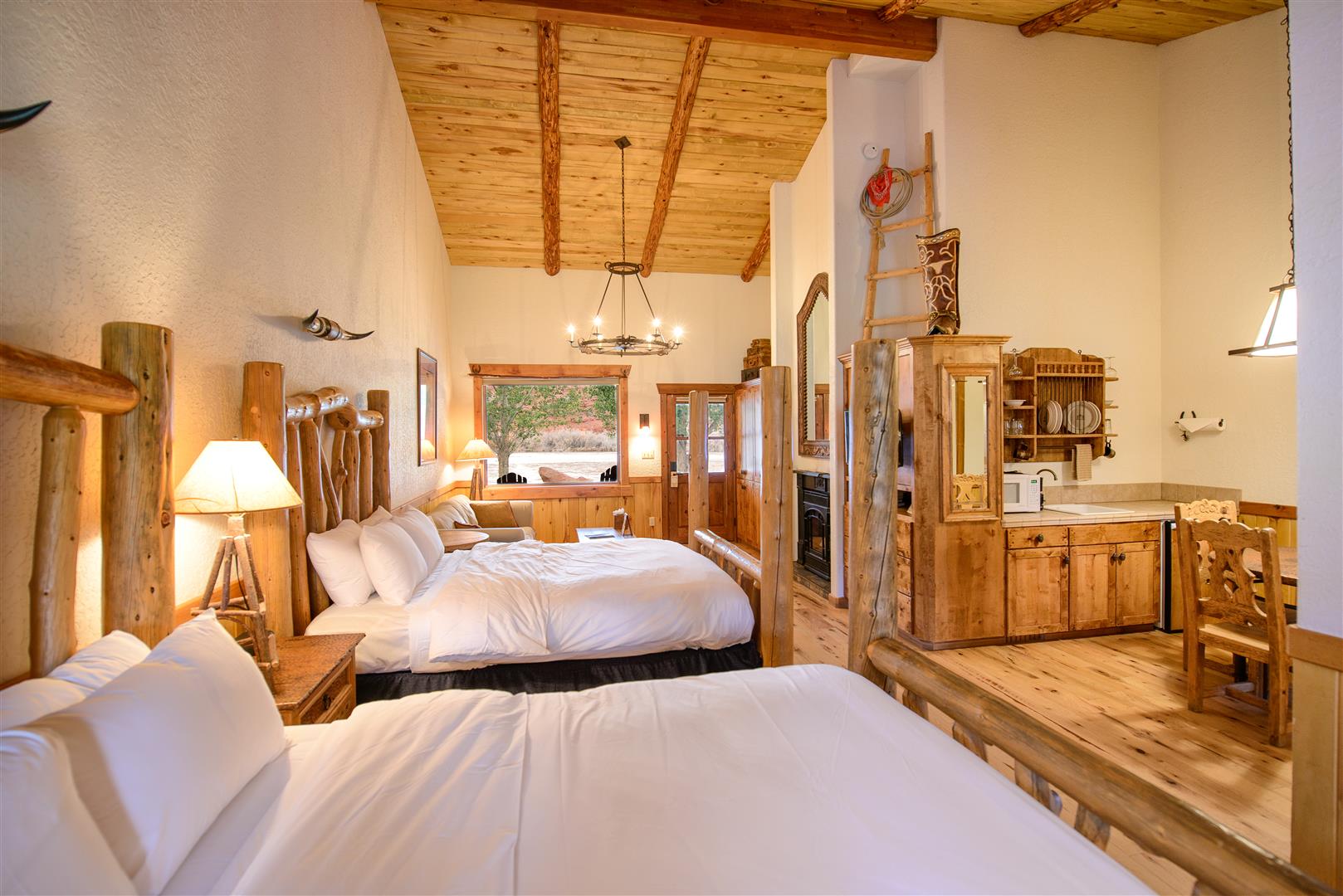
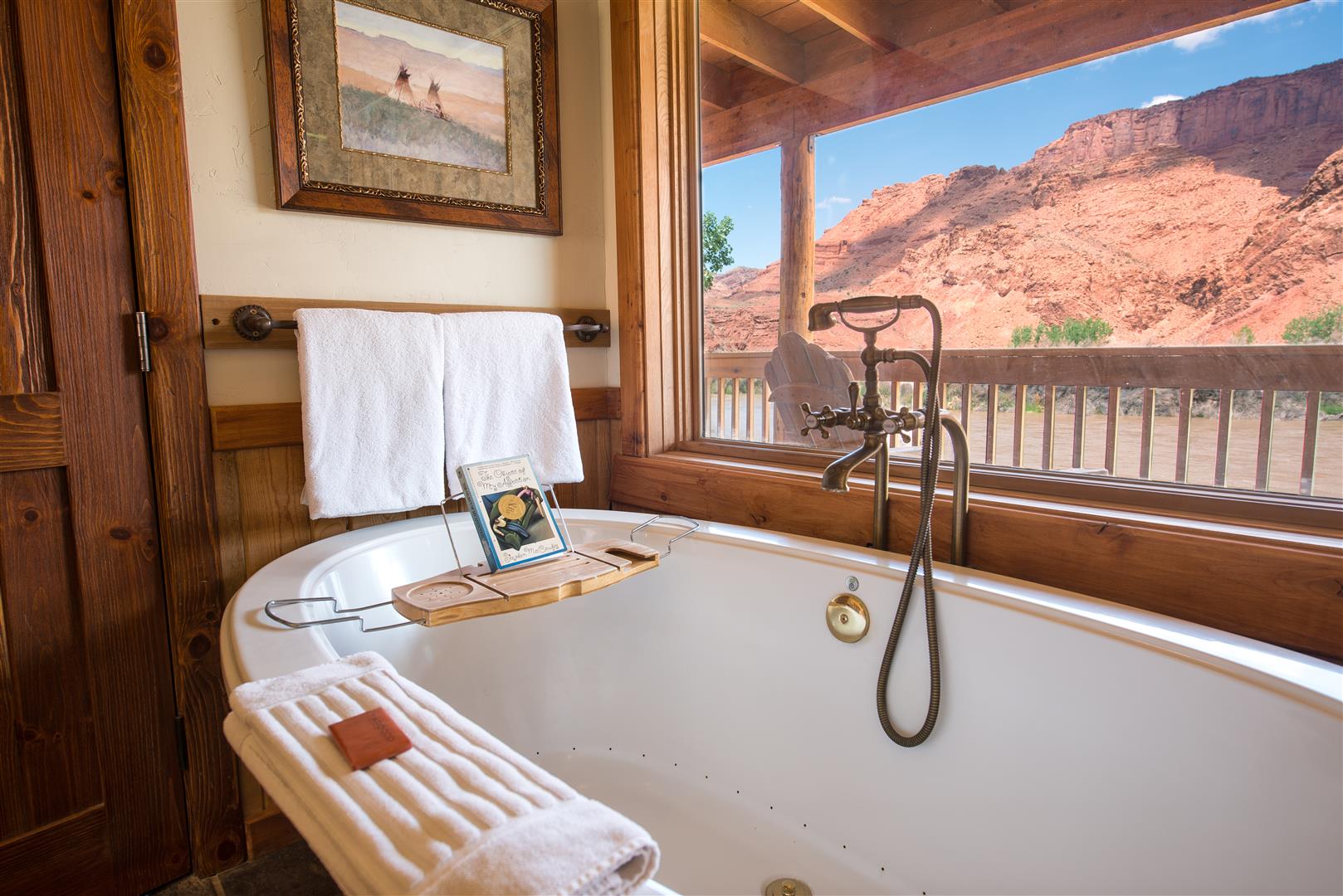
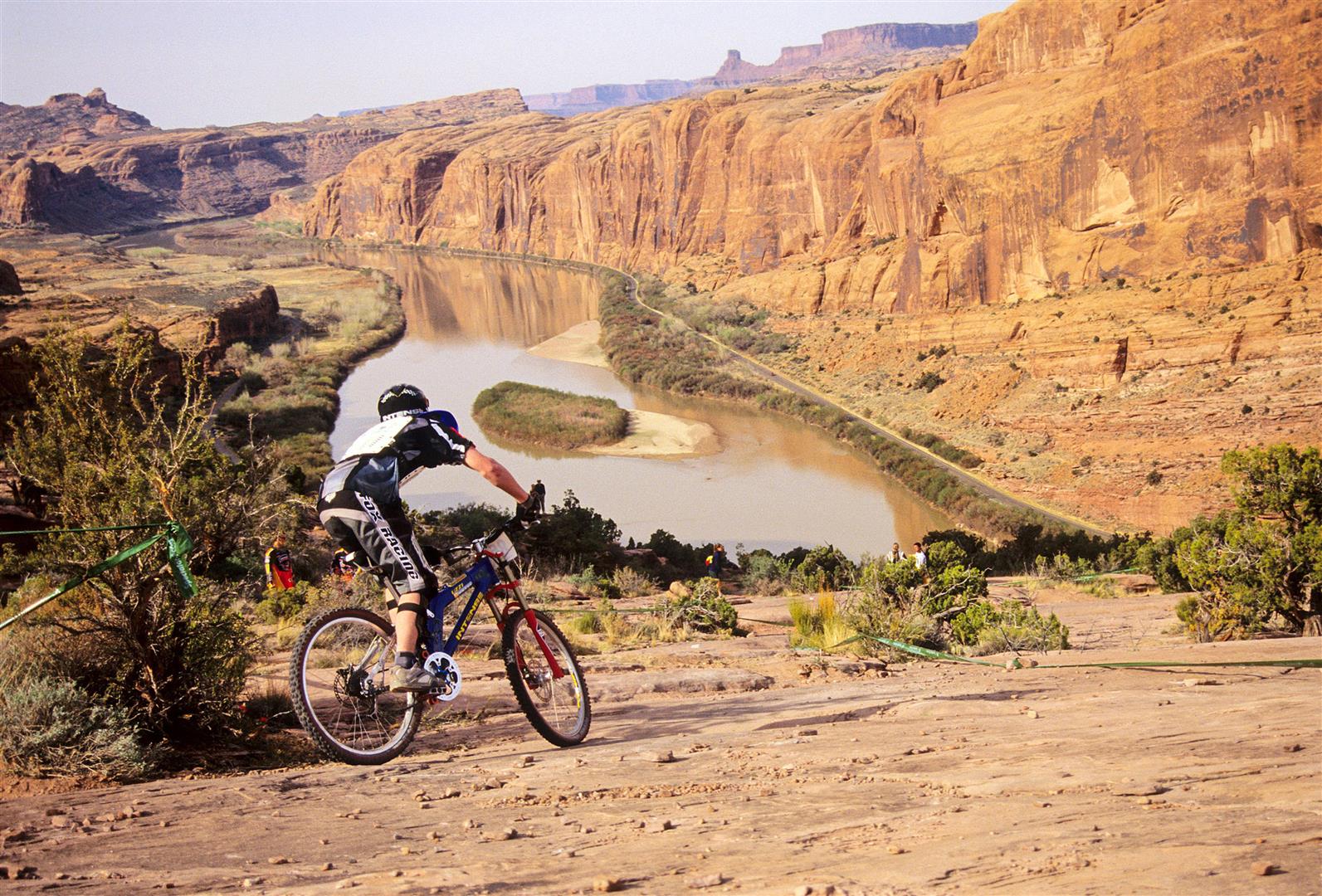

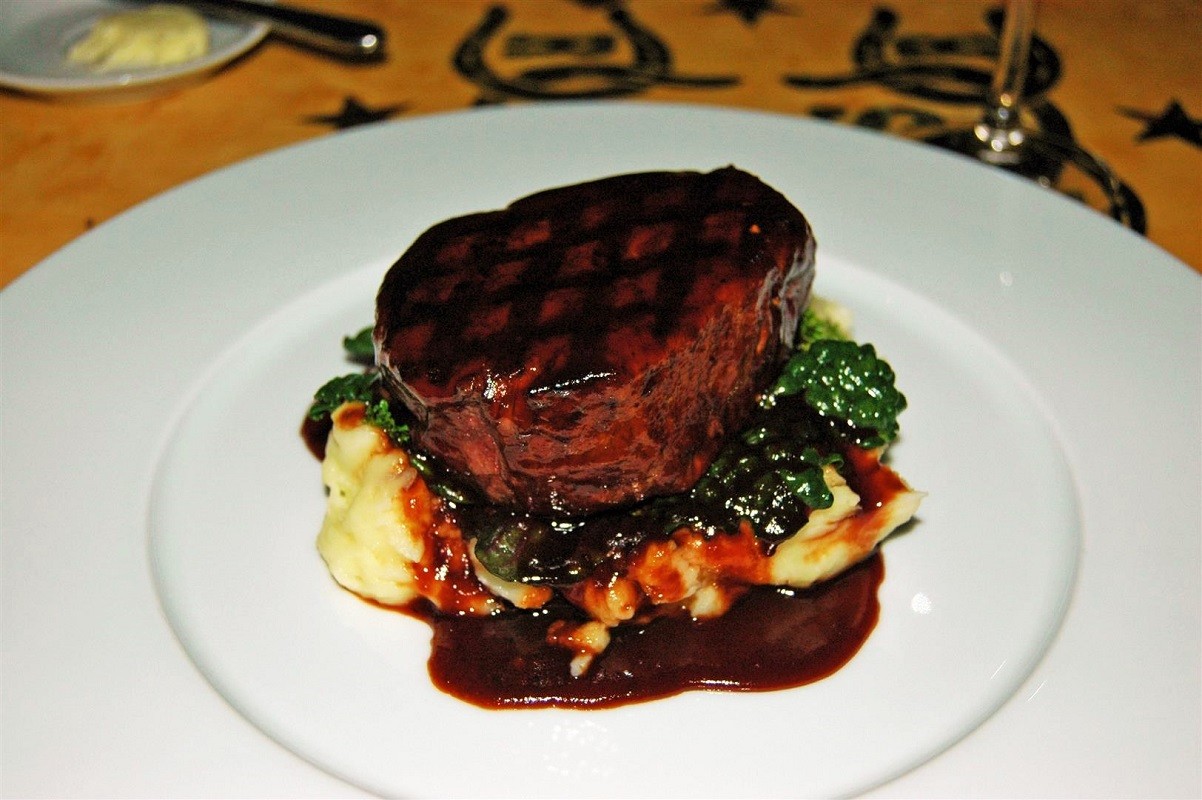
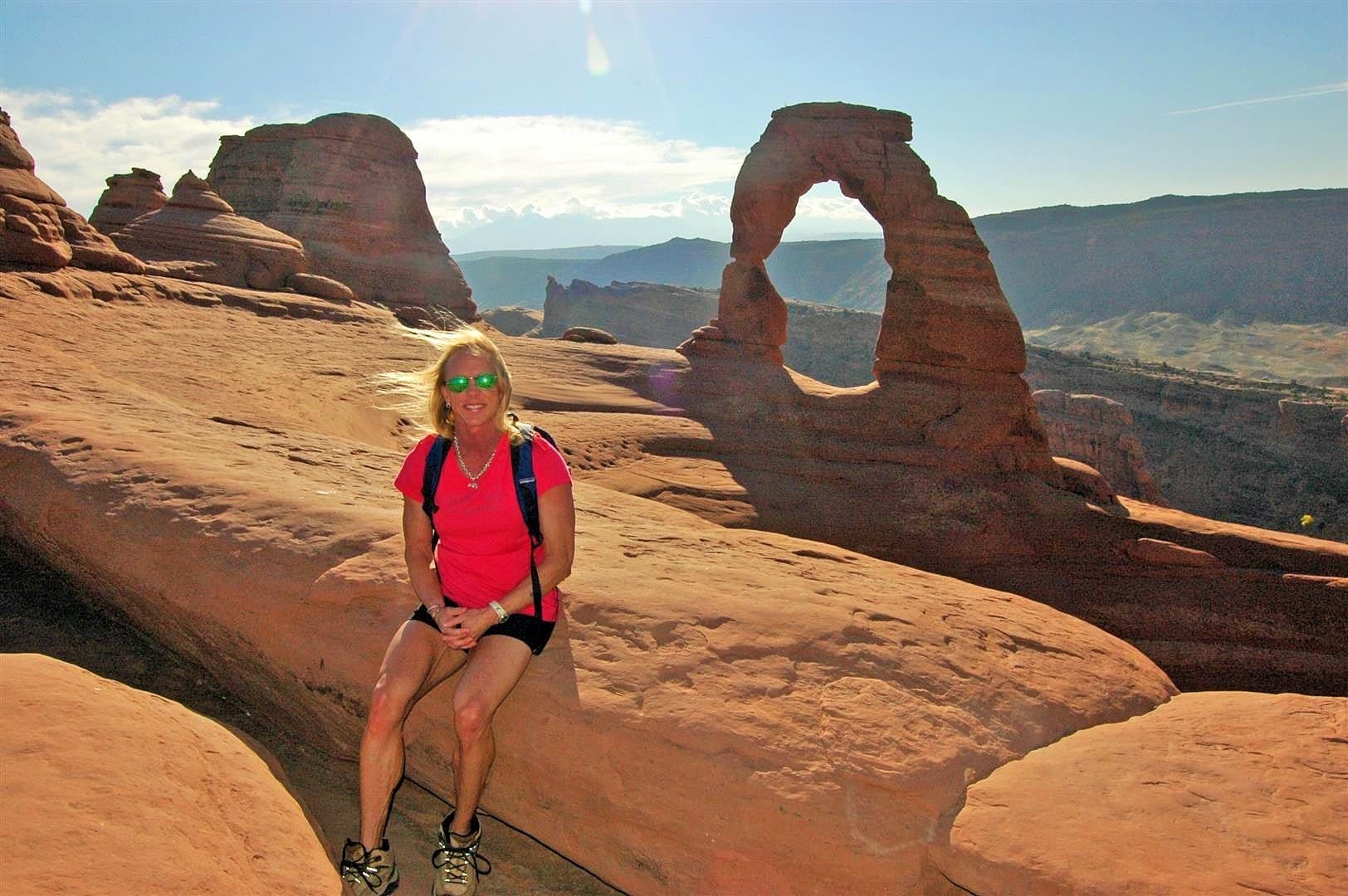
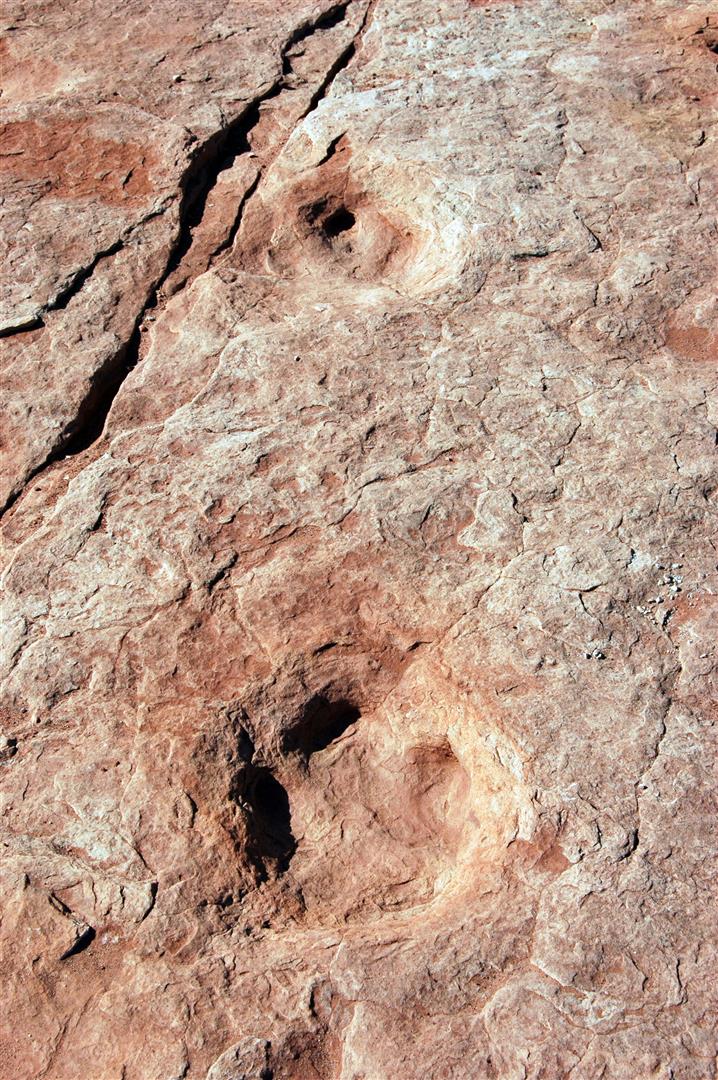
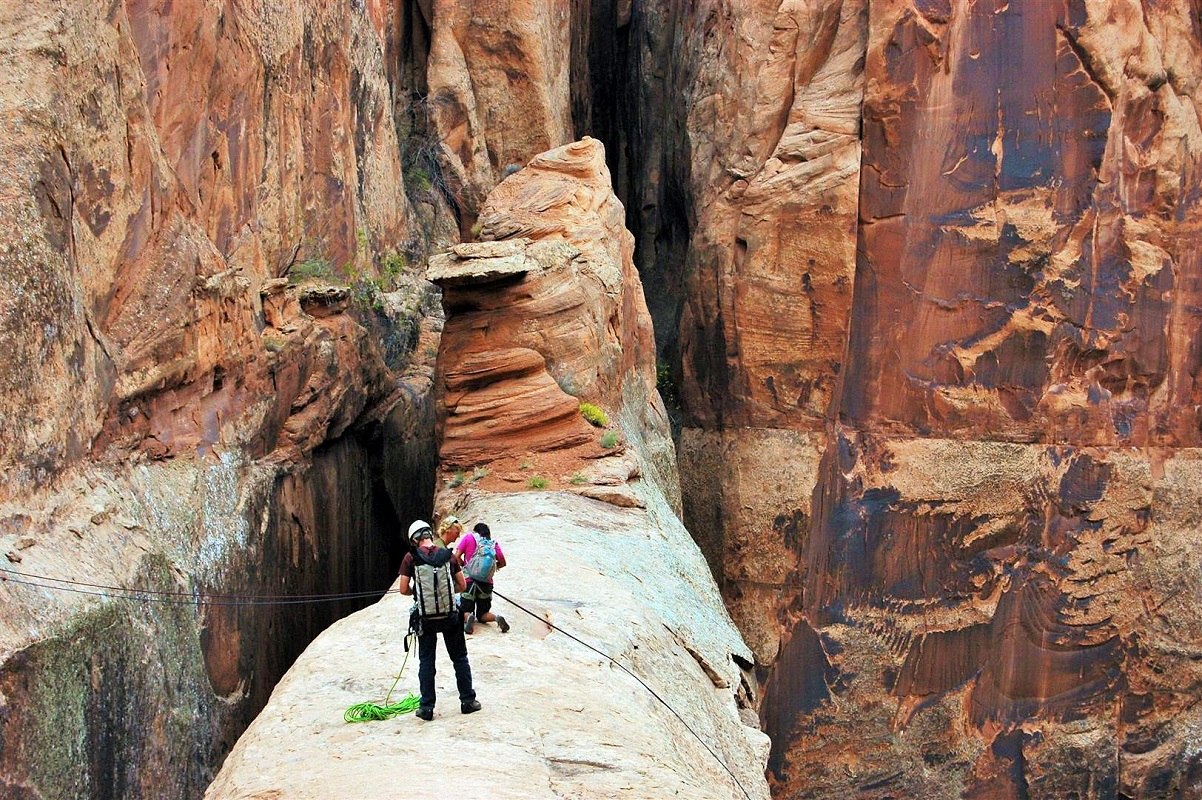
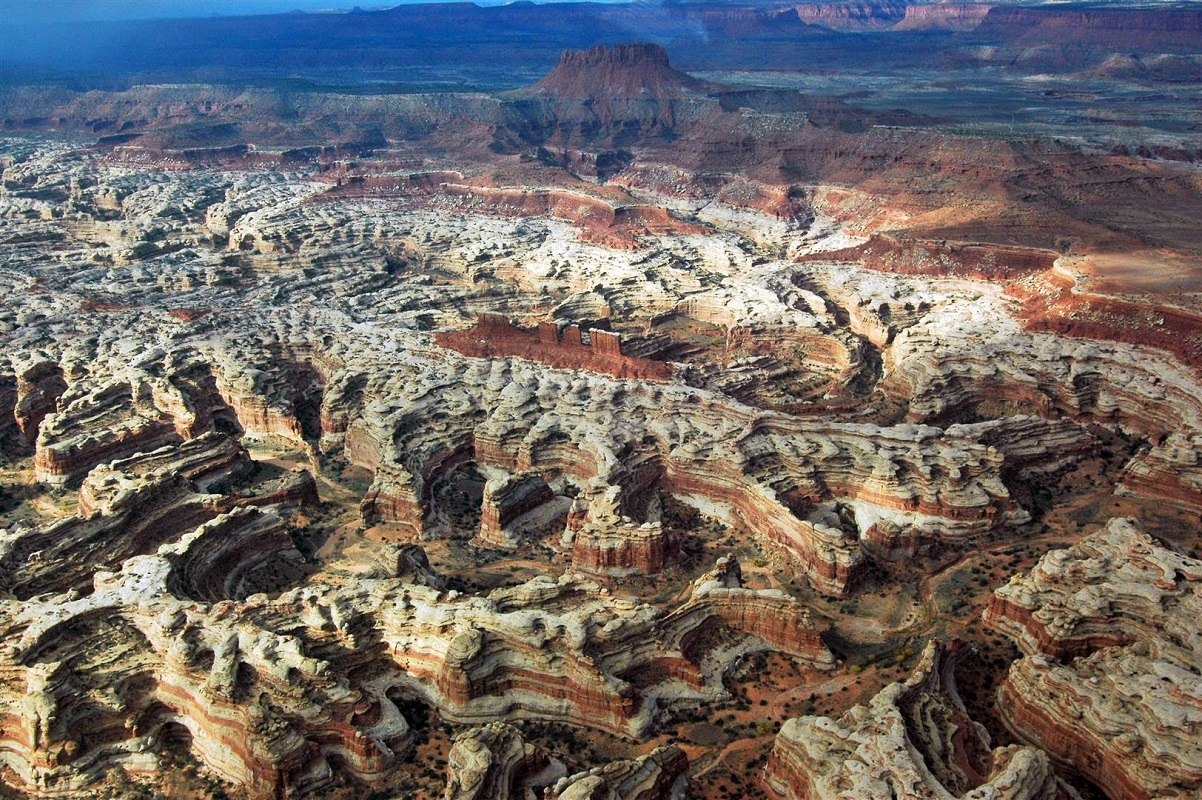



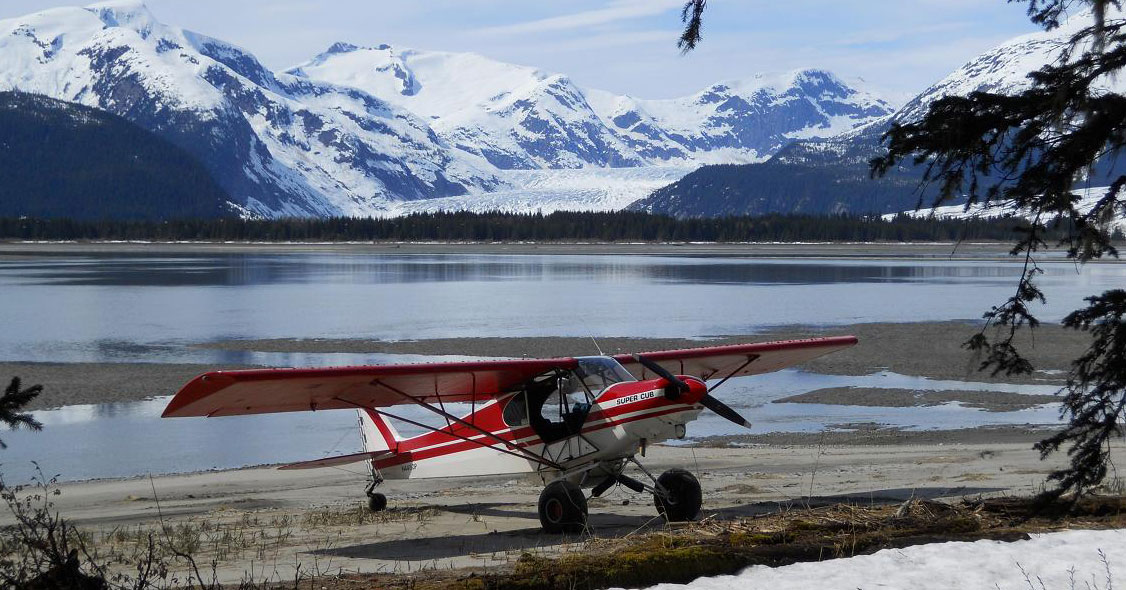
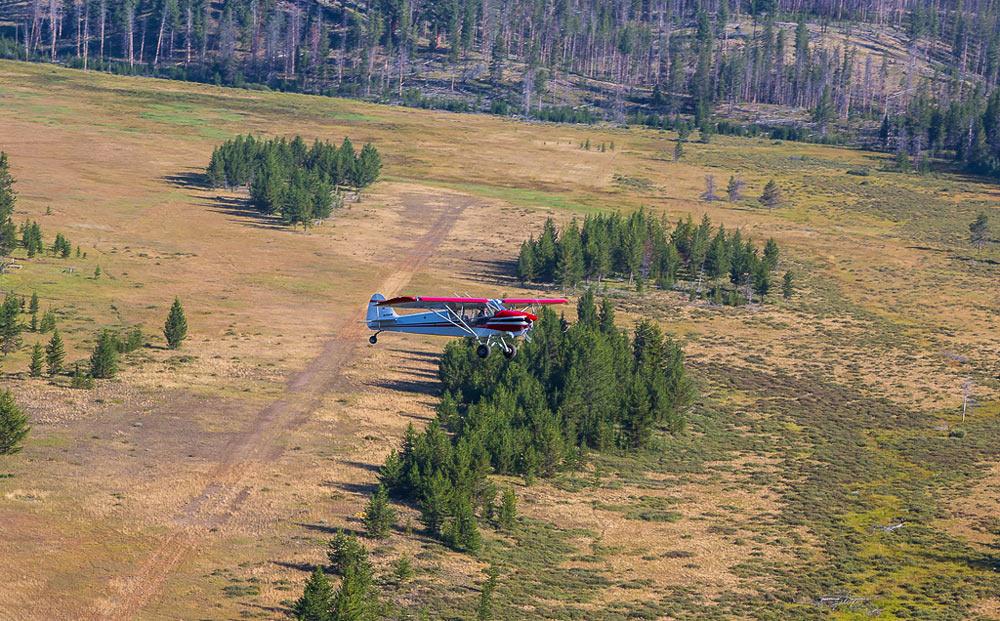
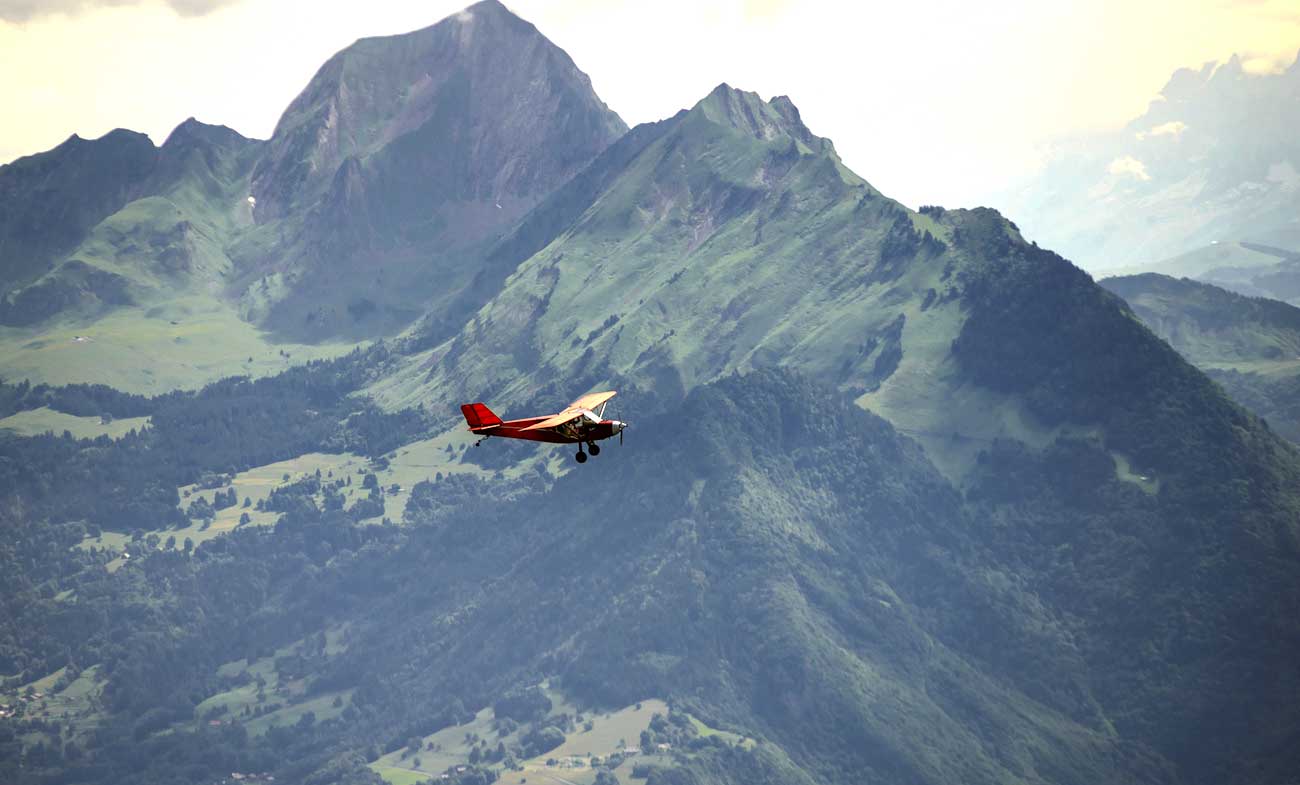

2 Comments